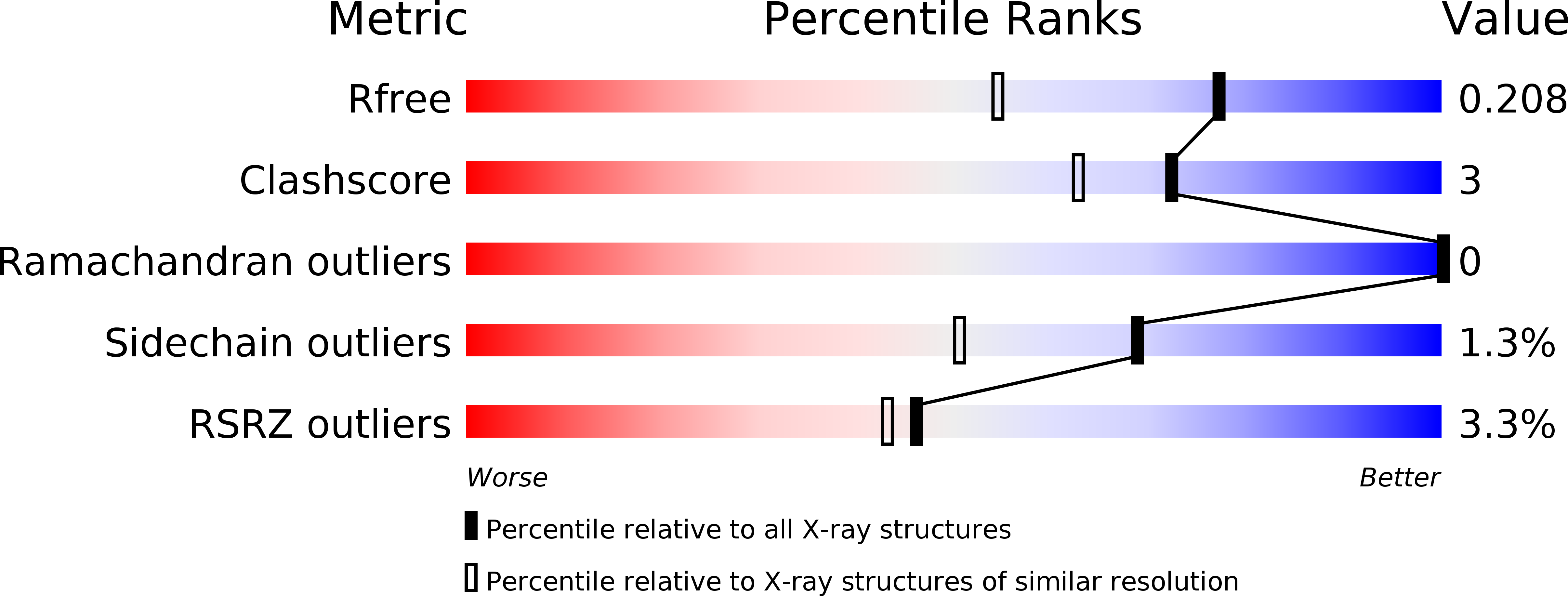
Deposition Date
2011-11-17
Release Date
2011-12-14
Last Version Date
2024-02-28
Entry Detail
PDB ID:
3UP0
Keywords:
Title:
Nuclear receptor DAF-12 from hookworm Ancylostoma ceylanicum in complex with (25S)-delta7-dafachronic acid
Biological Source:
Source Organism:
Ancylostoma ceylanicum (Taxon ID: 53326)
Homo sapiens (Taxon ID: 9606)
Homo sapiens (Taxon ID: 9606)
Host Organism:
Method Details:
Experimental Method:
Resolution:
1.60 Å
R-Value Free:
0.20
R-Value Work:
0.18
R-Value Observed:
0.18
Space Group:
P 1 21 1


